Pictograms, WHMIS, GHS
1/13
Earn XP
Description and Tags
Name | Mastery | Learn | Test | Matching | Spaced |
|---|
No study sessions yet.
14 Terms
WHMIS
The Workplace Hazardous Materials Information System (WHMIS) is Canada's national hazard communication standard.
Key elements of the system are:
Hazard Classification
Labelling of Containers
Provision of (materials) safety data sheets (M)SDSs)
Worker education and training programs
GHS
Canada now uses the Global Harmonized System for hazard classification, labelling of containers and Safety Data Sheet format. This facilitates importation and exportation of chemicals.
Questions students should be able to answer for hazardous products they work with
• What are the hazards of the product?/ Where can I get further information?
Students should be oriented through hands-on training for specific products used in their courses, but they should also be educated on how to read hazardous product symbols, labels and Safety Data Sheets.
How do I protect myself from these hazards? (e.g., personal protective equipment, safe handling procedures, etc.)
What do I do in case of an emergency? (i.e., what are the procedures in our classroom environment?)
Pictograms
Pictograms are graphic images that immediately show the user of a hazardous product what type of hazard is present.
With a quick glance, you can see, for example, that the product is flammable, or if it might be a health hazard.
Pictograms are assigned to substances that pose physical, health or environmental hazards.
Most pictograms have a distinctive red "square set on one of its points" border. Inside this border is a symbol that represents the potential hazard (e.g., fire, health hazard, corrosive, etc.). Together, the symbol and the border are referred to as a pictogram. Pictograms are assigned to specific hazard classes or categories.
The bold type is the name given to the pictogram; the words in the brackets describe the hazard.
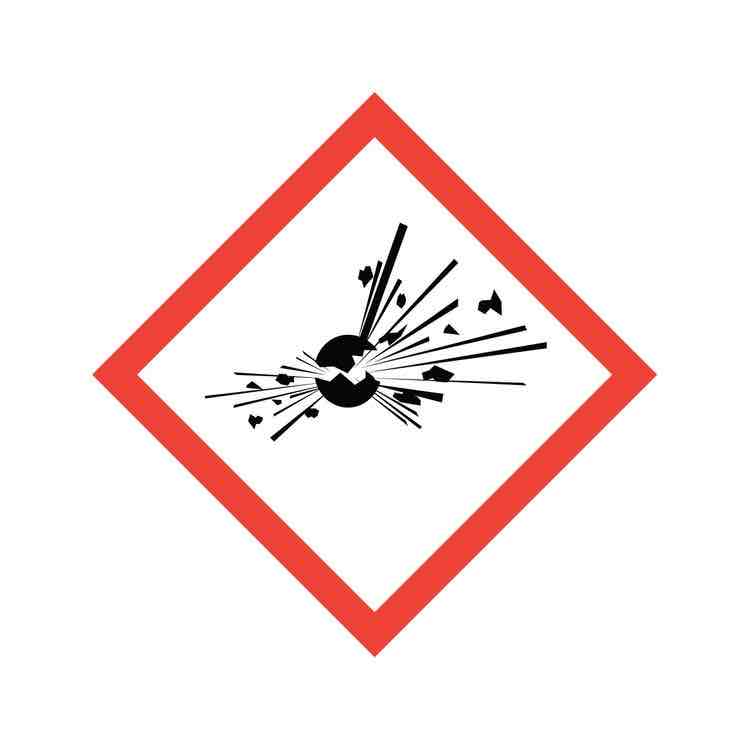
Exploding Bomb
(for explosion or reactivity hazards)
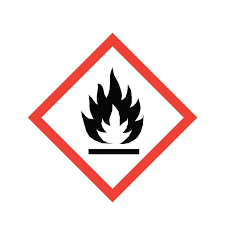
Flame
(for fire hazards)
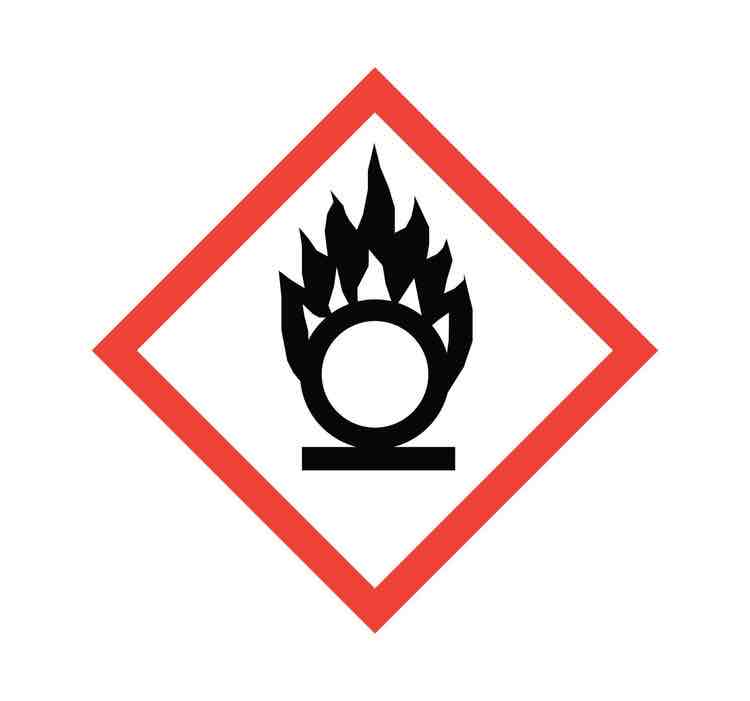
Flame over circle
(for oxidizing hazards)
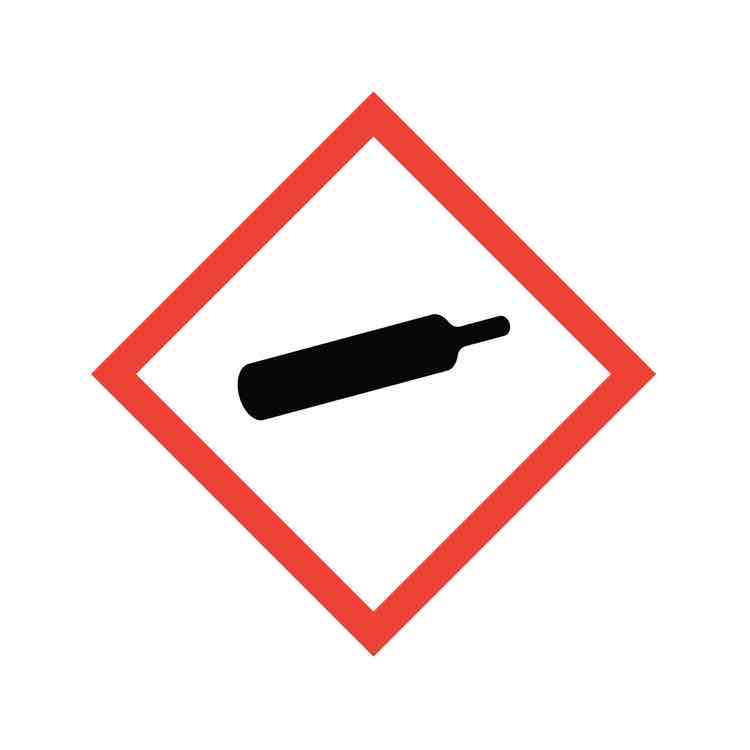
Gas cylinder
(for gases under pressure)
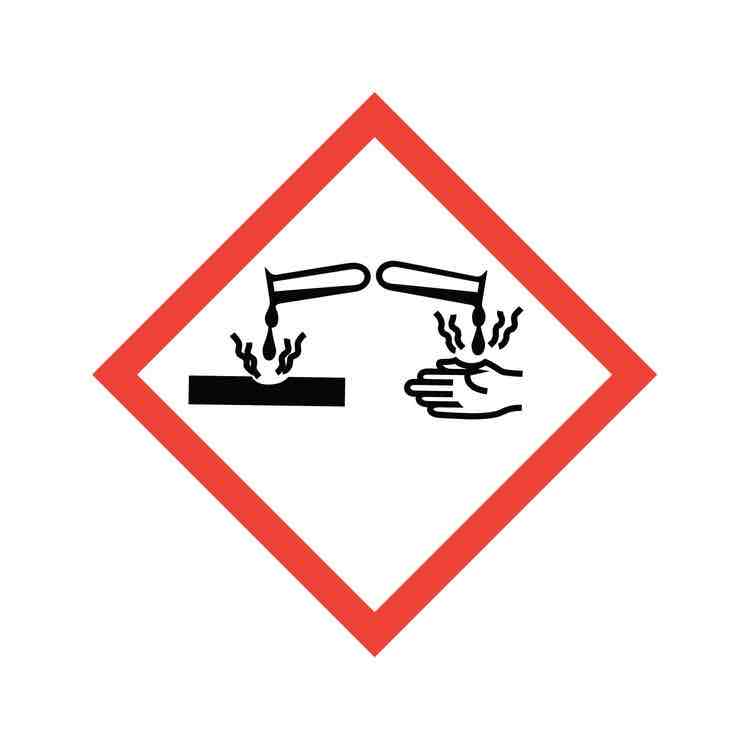
Corrosion
(for corrosive damage to metals as well as skin, eyes)
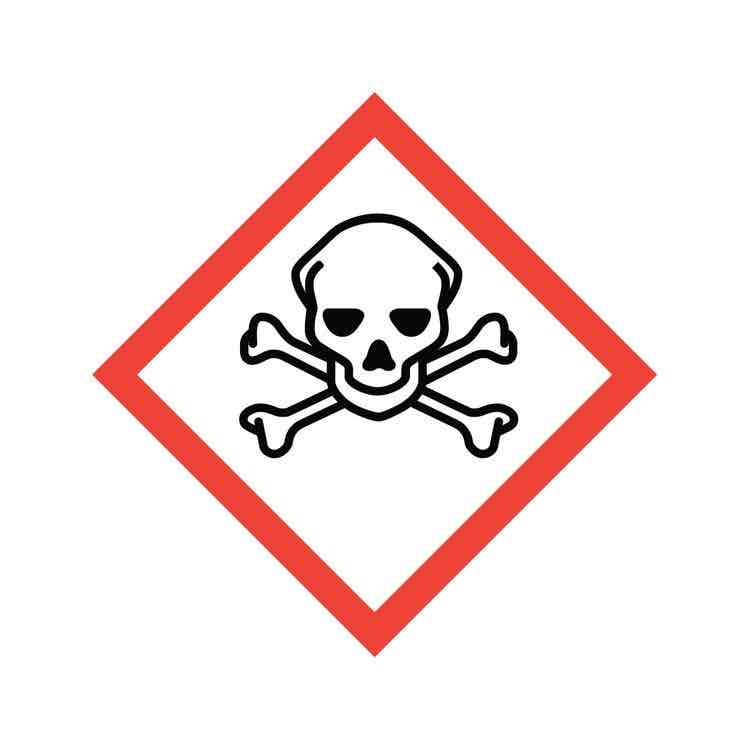
Skull and Crossbones
(can cause death or toxicity with short exposure to small amounts)
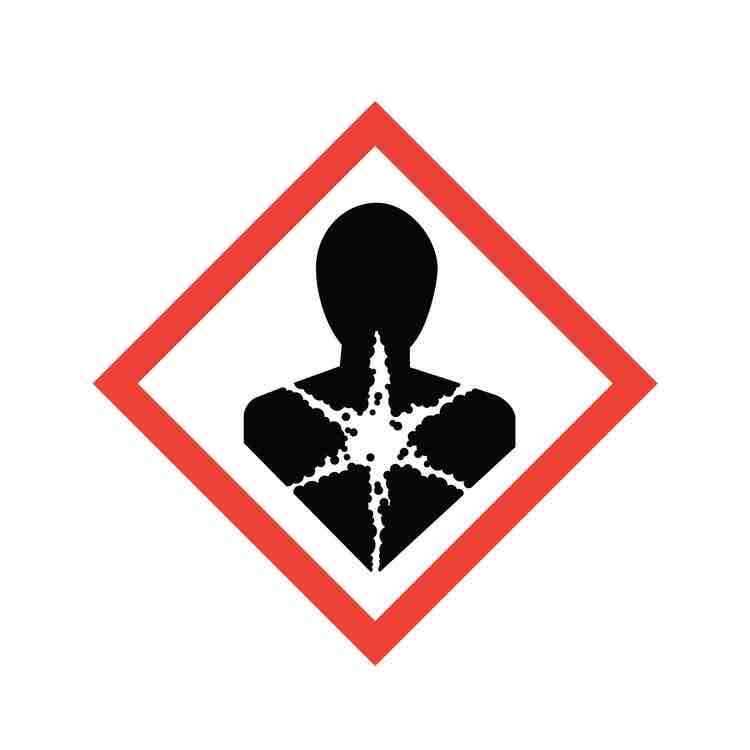
Health hazard
(may cause or suspected of causing serious health effects)
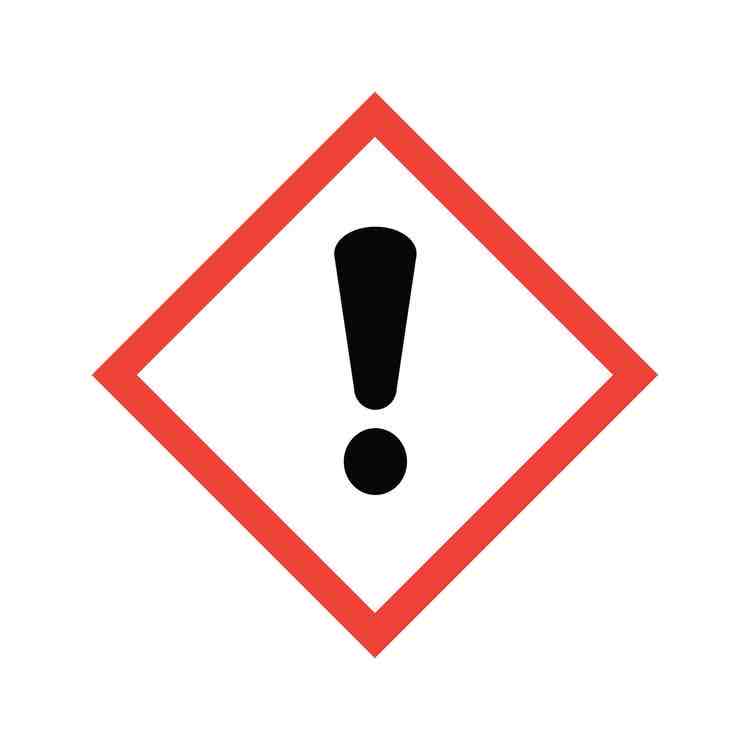
Exclamation mark
(may cause less serious health effects or damage the ozone layer (the layer that is like a shield for the earth in which it blocks most of the sun’s damaging ultraviolet (UV) rays from reaching the earth.))
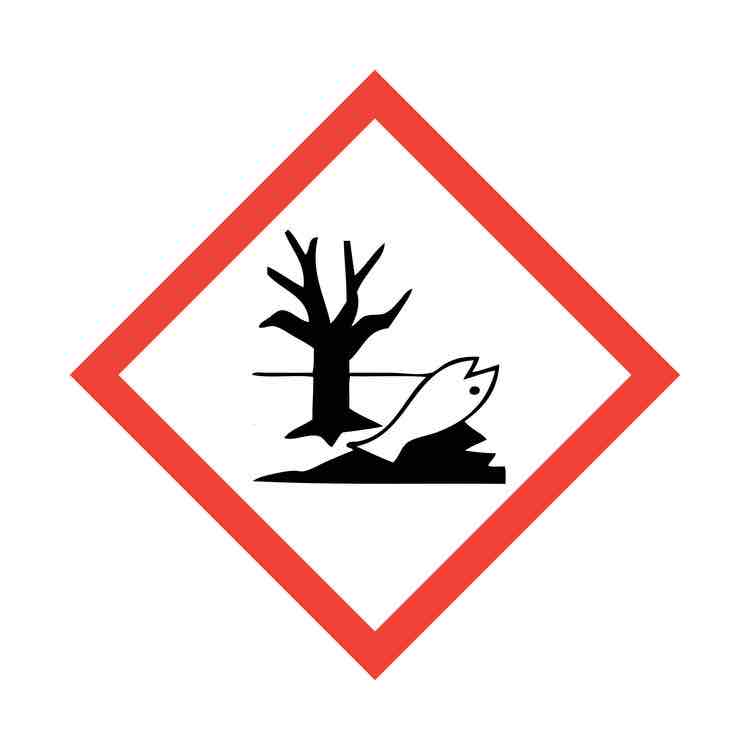
Environment
(may cause damage to the aquatic environment)
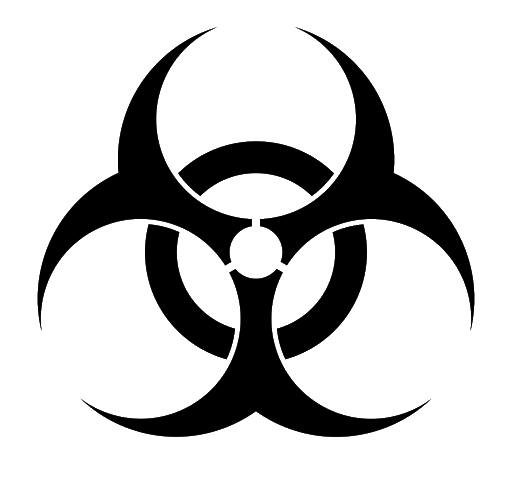
Biohazardous Infectious Materials
(for organisms or toxins that can cause diseases in people or animals)